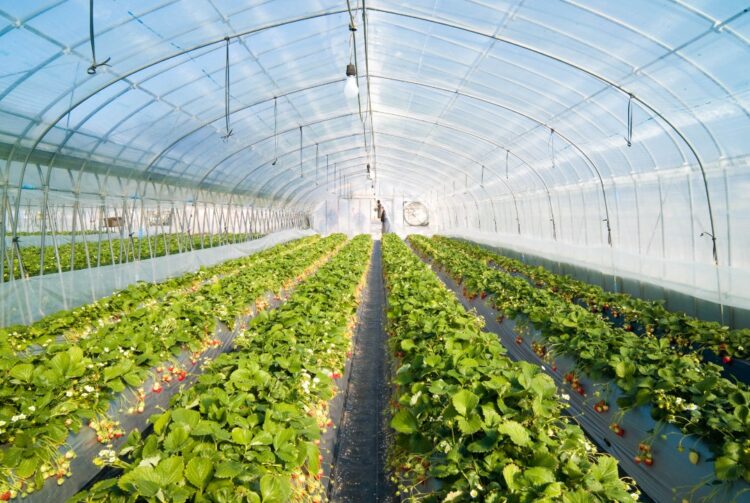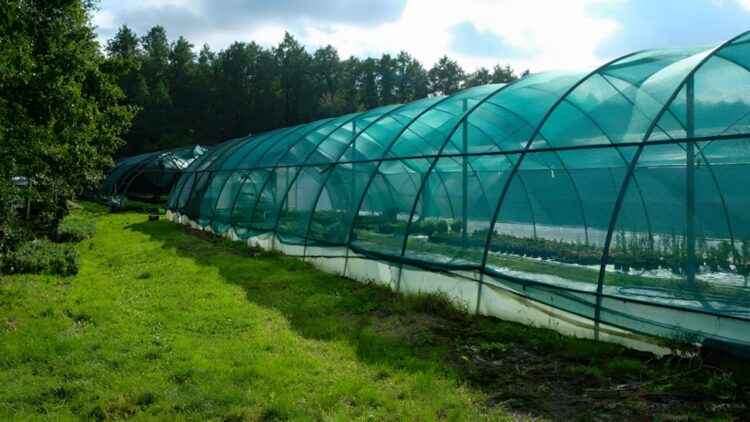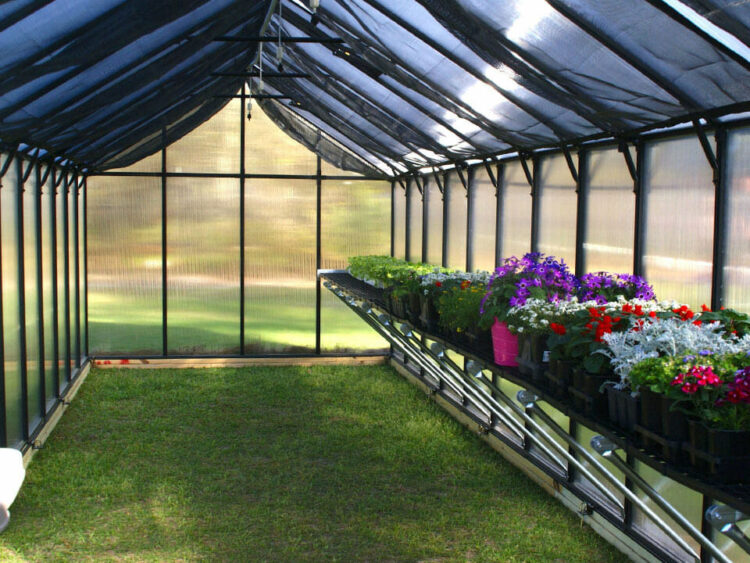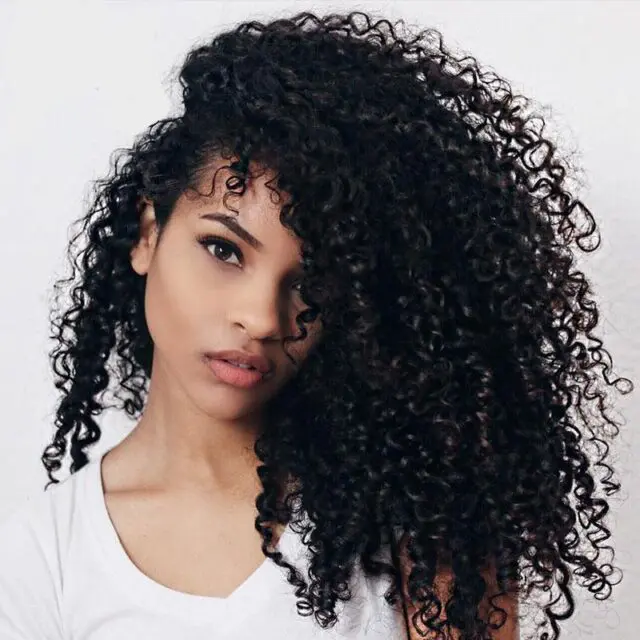Picture a greenhouse as a cozy home for plants, where they can grow happily no matter what the weather outside is like. But just like us, plants need the right living conditions to truly thrive.
One big part of getting this right is making sure they don’t get too much sun and heat, which can be pretty tough on them.
That’s where shade cloths come in, and this guide is all about picking the perfect one for your plant family in 2024, so they can stay cool and comfy in their glassy home.
What’s a Shade Cloth, Anyway?
Think of a shade cloth like a pair of sunglasses for your greenhouse. It’s a special kind of fabric that helps manage how much sunshine gets to your plants, keeping things cool and comfy inside.
These cloths can be made from different stuff like plastic, shiny aluminum, or tough polyester, and they come in various thicknesses to block out more or less light. This makes them super handy for keeping your greenhouse just right.
Why the Right Amount of Light Is Key
Plants need light to do their thing, turning water and CO2 into food and oxygen in a process called photosynthesis. But like too much of anything, too much light can cause problems like burnt leaves, too much heat, or not enough water.
On the flip side, not enough light can slow down their growth and reduce how much they produce. The trick is to find that sweet spot of just the right amount of light. Learn more about the best shade cloth for greenhouse, light levels, and how to correctly adjust your shades for the best results.
Choosing the Perfect Thickness
Shade cloths come with different levels of shading, from really light to almost completely dark, showing how much sun they block. Picking the right one depends on what plants you’ve got, the weather in your area, and how your greenhouse is set up.
For plants that like it cooler or come from shady spots, go for a cloth that blocks more sun. Plants that love the sun won’t need as much shade.
1. Material Matters
The type of material your shade cloth is made of will affect how long it lasts, how well it works, and whether it’s right for your setup. Plastic cloths are popular because they’re strong and flexible. Aluminum cloths, which are a bit pricier, are great for bouncing back the sun and keeping things cooler. Polyester is tough and does a good job of filtering the light.
2. Thinking About Colors
Shade cloths come in different colors, each with its benefits. Black is the most common and does a good job of providing even shade without changing the light too much. White or shiny cloths are great for reflecting sunlight, which helps keep things cool, especially in hot places. Green cloths look nice and natural but might change the light a bit, which could affect your plants.

3. Setting It Up Right
Putting up your shade cloth the right way is super important. It needs to be tight enough to not flap around in the wind but loose enough to not rip. You can attach it directly to your greenhouse or use a system that lets you pull it back when you don’t need it. Making sure there’s enough air moving around is also key to avoid getting too hot or damp inside.
4. Keeping It in Good Shape
How long your shade cloth lasts depends on what it’s made of and how you look after it. Cleaning it now and then to get rid of dust and leaves will help it last longer and work better. Cloths that are treated to stand up to the sun will last longer, especially if you pack them away carefully when they’re not in use.
5. New and Cool Stuff
As greenhouses get more high-tech, so do shade cloths. Some of the latest ones can filter out certain types of light to help your plants grow even better, and there are smart systems that adjust the shade automatically based on the weather, which is pretty neat.

6. Making the Best Choice
Picking the right shade cloth means thinking about what your plants need, the weather where you are, and how your greenhouse is built. It’s not just about keeping out the sun; it’s about making the perfect spot for your plants to flourish.
By keeping in mind all the things we talked about, you can make a choice that turns your greenhouse into a plant paradise.
7. Fitting Your Shade Cloth to Your Climate
How well your shade cloth works can depend on your local weather. In really sunny, hot places, you might need a cloth that blocks more light and reflects the sun to keep your plants from getting too hot. In cooler or less sunny spots, a lighter cloth could be just right, letting in as much light as possible while still offering some protection.
8. Picking the Right Cloth for Your Plants
Different plants like different amounts of sun and warmth. Some are happiest in bright sunlight, while others prefer the shade. Knowing what your plants like best is key to choosing the right shade cloth. For plants that like it shady, go for a thicker cloth, but for those sun-lovers, a thinner one will let enough light in to keep them happy.

Conclusion
Picking the best shade cloth for your greenhouse is all about knowing your plant buddies, the kind of weather you have, and what different shade cloths bring to the table. It’s more than just blocking the sun; it’s about crafting the perfect spot where your plants can grow strong and healthy.
From understanding how important the right amount of light is to figuring out which material and color work best, every detail counts in setting up a cozy, thriving greenhouse.
And let’s not forget, your local weather plays a big role too. If you’re basking in lots of sunshine and warmth, a shade cloth that can reflect some of that heat might be just what you need. But if your days are more on the cool or cloudy side, a lighter touch might be all it takes to protect your plants without keeping too much of the precious light away from them.

